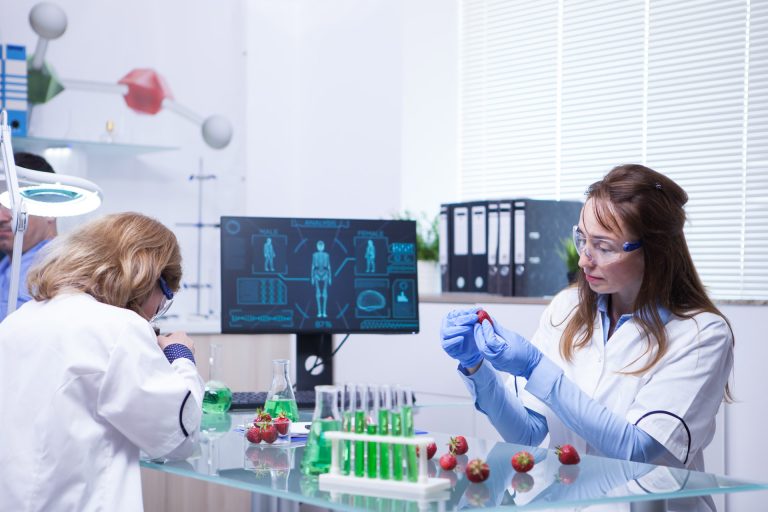Regenerative Therapies
Healing the Body From Within
Modern medicine is undergoing a transformation — shifting from symptom management to cellular regeneration. Regenerative therapies focus on repairing, restoring, or replacing damaged cells, tissues, and organs by harnessing the body’s own natural healing processes.
On this page, you’ll find an introduction to the most promising regenerative treatments, their scientific foundation, and how they may support long-term health and vitality.
Table Of Contents

What Are Regenerative Therapies?
Regenerative therapies are treatments that aim to stimulate the repair or replacement of damaged tissue using cells, growth factors, or biologically active molecules. Unlike conventional therapies that often focus on symptom control, regenerative approaches aim to restore function at the source.
The field includes both clinical medical treatments and emerging lifestyle-based strategies believed to support the body’s own regenerative capacity.
Types of Regenerative Therapies
Stem Cell Therapy
Stem cells are the body’s master cells — capable of becoming almost any other type of cell. Therapies using adult stem cells or lab-cultured induced pluripotent stem cells (iPSCs) are being explored for:
- Joint repair – such as cartilage regeneration in arthritis
- Neurological diseases – including Parkinson’s, multiple sclerosis, and ALS
- Cardiovascular regeneration – to repair damaged heart tissue after a heart attack
- Post-chemotherapy recovery – helping replenish blood and immune cells damaged by chemotherapy in cancer patients
In some cases, hematopoietic stem cell transplants (HSCT) are already a standard part of cancer care, especially for blood cancers like leukemia or lymphoma. Emerging therapies are also investigating whether stem cells can reduce inflammation, improve energy, and support tissue repair after chemotherapy.
Platelet-Rich Plasma (PRP)
PRP therapy uses a concentrated form of your own platelets, injected into injured areas to accelerate healing. It’s commonly used for:
- Tendon and joint injuries – promoting faster healing in ligaments, tendons, and joints
- Skin rejuvenation – improving skin texture, elasticity, and reducing fine lines
- Hair loss treatment – stimulating dormant hair follicles and supporting hair regrowth
PRP is widely used in sports medicine, orthopedics, and cosmetic dermatology, often with minimal downtime and using the patient’s own blood components for safety.
Exosome Therapy
Exosomes are small vesicles secreted by stem cells that carry signaling molecules. These messengers help direct repair and communication between cells. Research is ongoing into their potential for:
- Inflammation control – modulating the immune response and reducing chronic inflammation
- Anti-aging treatments – supporting cellular repair, skin rejuvenation, and collagen production
- Immune system regulation – helping balance immune function and promote recovery from immune-related conditions
Though still in its early stages, this field involves creating artificial tissues or organs using biomaterials, cells, and bioprinting — paving the way for future organ regeneration.
Clinical Applications

Regenerative therapies are being studied or used in a wide range of conditions, including:
- Orthopedic issues – including cartilage damage, arthritis, and tendon injuries
- Neurological disorders – such as Parkinson’s, multiple sclerosis (MS), and ALS (currently experimental)
- Autoimmune diseases – including conditions like Crohn’s disease and lupus
- Cardiovascular disease – focusing on heart tissue repair and improving cardiac function
- Aesthetics – used in anti-aging treatments, wound healing, and reducing scar tissue
Note: Many therapies remain under clinical investigation. Always consult a qualified medical professional.
Science & Safety
The effectiveness and safety of regenerative therapies vary widely depending on:
- The type of therapy
- The condition being treated
- Whether the treatment is part of an approved clinical protocol
Some are FDA- or EMA-approved; others are offered in clinics without regulatory oversight. We aim to provide reliable, science-backed information to help you make informed decisions.
Can Lifestyle Support Regeneration?
While clinical therapies are powerful, research also suggests that certain lifestyle practices may help support the body’s own regenerative processes, including:
- Fasting – intermittent fasting may stimulate stem cell activation
- Functional foods – sprouts, berries, healthy fats, and specific phytonutrients
- Exercise – movement can support tissue repair and neuroplasticity
- Supplements – nutrients like NMN, omega-3, and polyphenols show promise
You can explore these further in our Nutrition Science and Fasting Studies sections.
Sources & Further Reading
- National Institutes of Health (NIH) – Introduction to Stem Cells
- Harvard Stem Cell Institute – Stem Cells & Tools
- Cleveland Clinic – Platelet-Rich Plasma (PRP) Injection
- PubMed – Exosome Therapy and Regenerative Medicine
- ScienceDirect – Fasting and Stem Cell Regeneration
- National Library of Medicine – 100 Years of Exploiting Diet and Nutrition for Tissue Regeneration
Table Of Contents
StemCell Regen Newsletter
Sign up for our newsletter and receive a free Ebook

